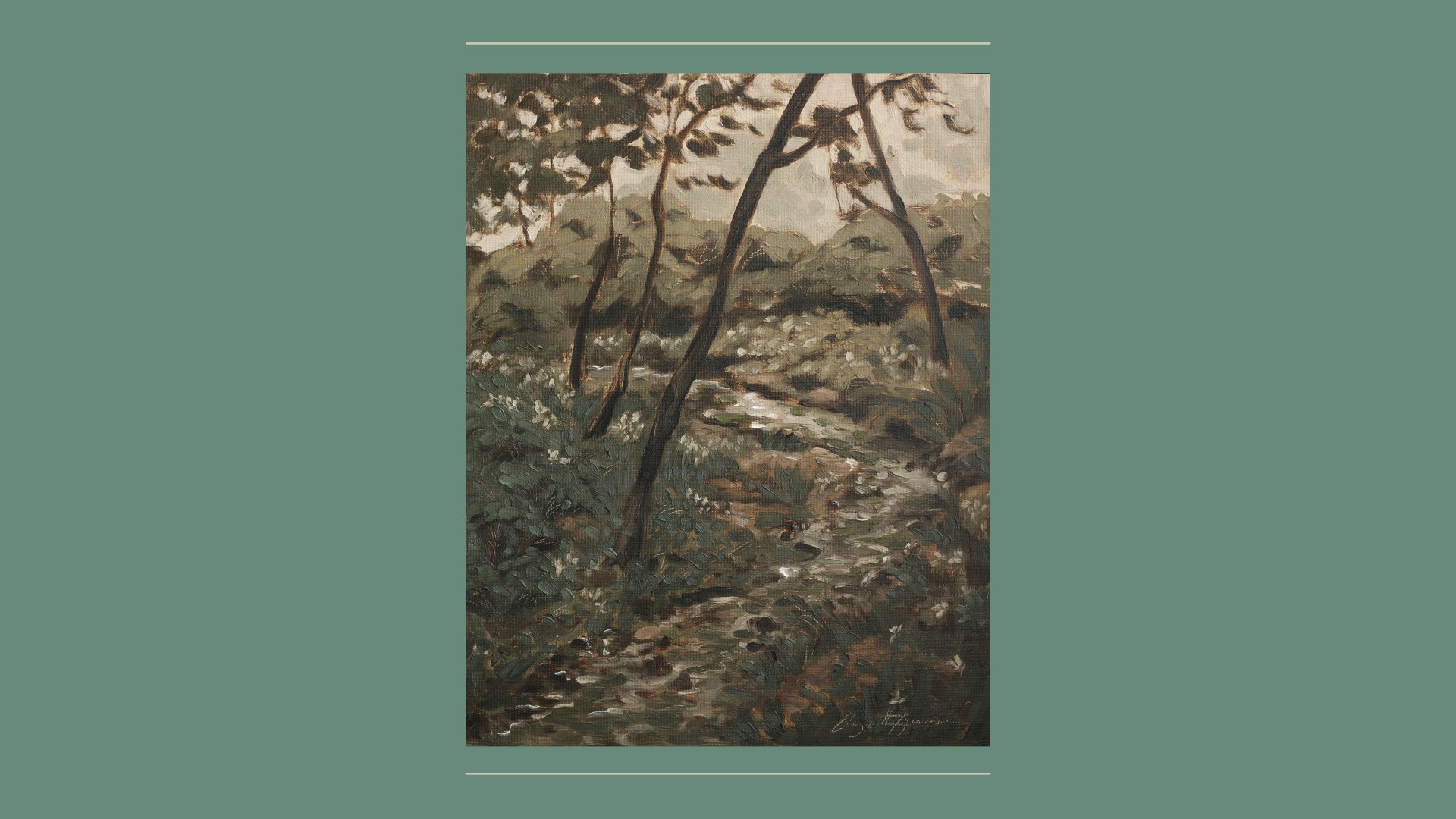One thing I love about the Bible is its tendency to simultaneously shed light and to obscure, to comfort and confound. We find this unique dynamic at play on the very day that Jesus rises from the dead, when the Gospel of Luke points our attention toward the road to Emmaus. Catching two of Jesus’ unnamed disciples in the middle of a conversation, Luke describes them as being in a state of bewilderment, as they have started to hear rumors of Jesus’ resurrection. As they walk along the road, the two process the heavy events of the last three days and the strange possibilities these new reports contain. Though they were not part of the original Twelve, they seemed to have been close enough to the inner circle to catch wind of the impossible news that Jesus was alive.
Then, things get interesting: “While they were talking and discussing together, Jesus himself drew near and went with them” (Luke 24:15, ESV throughout). The resurrected Jesus interrupts their discussion—but they don’t recognize him. Luke attributes their blindness to a divine intention; Jesus doesn’t reveal himself. He simply walks with them on their long journey, incognito, discussing what’s on their minds.
It would have been a long conversation over the span of the seven miles from Jerusalem to Emmaus. On average, people walk at a pace of three miles per hour, which means Jesus traveled with them for about two and a half hours. He ends up guiding the dialogue into a long, thorough Bible lesson. He makes a case from Scripture for why they were not mistaken about who they hoped Jesus would be. At some point on the journey, a light began to crack in the hearts of this somber pair.
Suddenly, Jesus’ revelation occurs in the blink of an eye—summed up in only two short verses. When they finally arrive in Emmaus, Jesus pretends like he’s going on farther, but they insist he stays, and he does. The three of them sit down at a table, and Jesus takes bread and blesses it. He breaks the bread and gives it to them. Then they see. And then he vanishes.
Jesus vanishes at the exact moment the two disciples recognize him—it is a sweet, fleeting consolation. They’re so overcome with joy that they decide to make the seven mile walk back to Jerusalem then and there, in the dark of night and in the light of faith.
What are we to make of this story? Note the two sad disciples. When they leave Jerusalem, they are disoriented and disappointed, carrying the heavy burden of abandonment. While a larger gathered group waits to see whether Jesus’ resurrection is a reality, Jesus first reveals himself to those who feel alone, discouraged, and hopeless.
And yet, in certain ways, God is still in the business of concealing himself. “Truly you are a God who hides himself,” says the prophet Isaiah (45:15). Perhaps some grace only works in secret. Perhaps some realities and wounds cause us to become so brittle that anything more than the patient, hidden care of God would crumble us like a dried-out leaf, returning us to the dust that we are. Whatever the reasons, we can trust that our Savior is close. The Great Physician is tending to us with gentle attentiveness and precision, and with the slow patience that allows our deepest healing.
Here, I believe we are given a vision of our own story. In this passage, we are given a God’s-eye view of the situation—we know what’s really happening, even as the disciples don’t. Though we don’t have the privilege of this perspective in our day-to-day lives, we do know something now that they didn’t know then. The two disciples thought they were on the road to Emmaus, but they were actually on the road to a table: A table where the living Jesus fed their hungry hearts, healed their deepest wounds, and lit them ablaze in the confounding comfort of the Resurrection. That table is waiting for us too.
Jon Guerra is a singer-songwriter based in Austin, TX. He writes devotional music, composes for films, and has released two albums.
This article is part of Easter in the Everyday, a devotional to help individuals, small groups, and families journey through the 2024 Lent & Easter season. Learn more about this special issue here!










